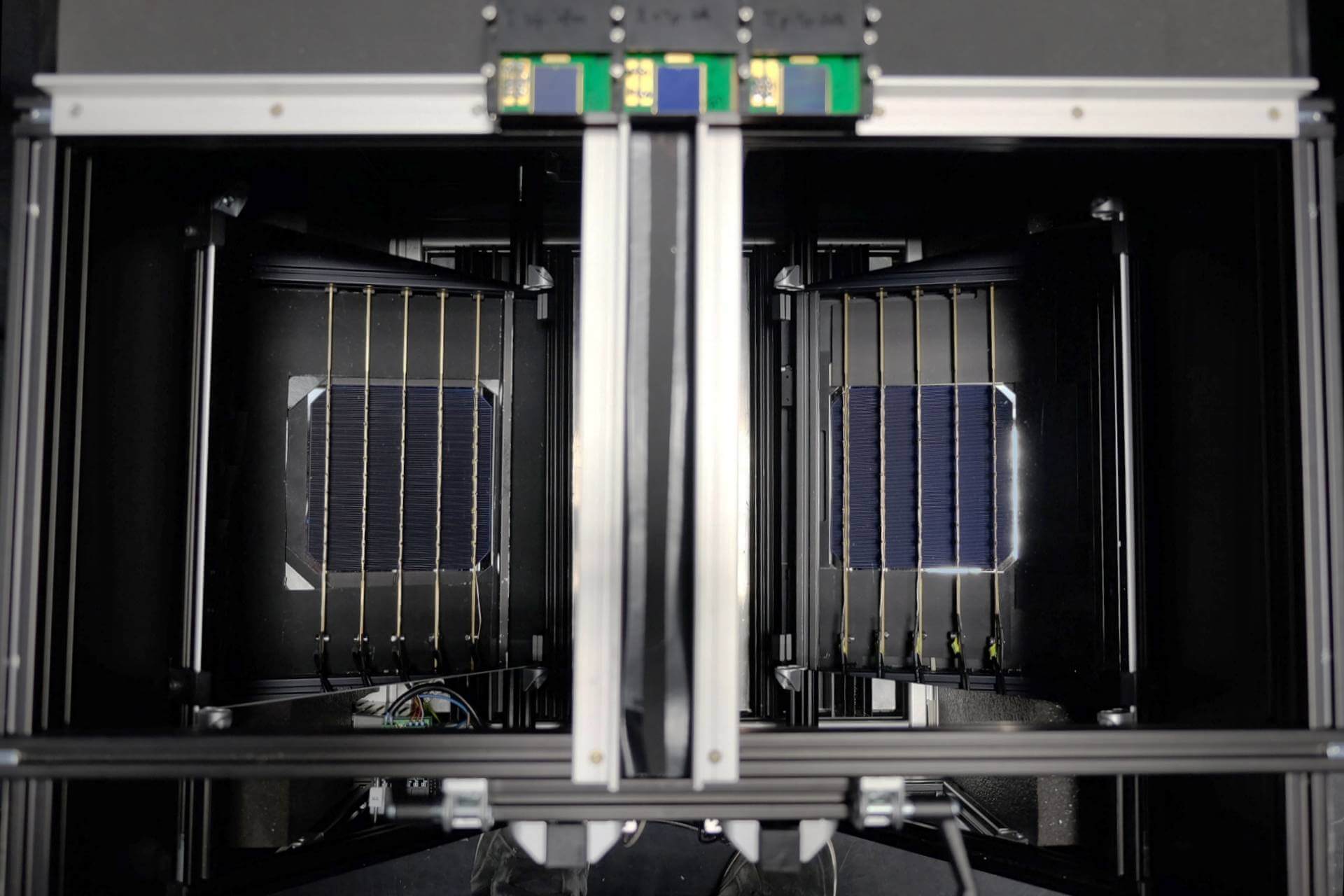Solar Cell Calibrations at CalLab PV Cells
Since our founding in 1986, our mission at CalLab PV Cells is to provide highly precise, reproducible solar cell calibrations and measurements. We invest the time needed to perform precision measurements by hand so we can be certain to attain the optimal contacting solution for each and every cell. Additionally, we are continually researching and designing new contacting adaptations for the variety of cell sizes and metallization designs being brought to market.
All processes in CalLab PV Cells are certified, and the instruments are tested and maintained on a routine basis. This level of quality assurance means that something as seemingly simple as changing a lightbulb triggers a quality control process that can last up to 50 hours. The new lamp will be cleared for CalLab PV Cells measurements only when it reliably reproduces the same measurement values for our array of primary reference cells. To further ensure our commitment to excellence, regular comparison measurements are carried out with other renowned calibration laboratories around the world.







